Skype: neodalle-travel
Tel: +86 135 7447 2266
E-mail: sales@visitaroundchina.com
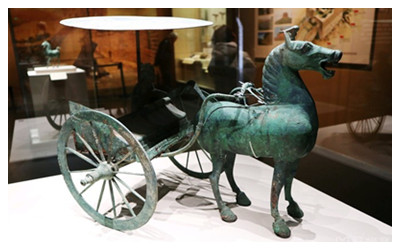
Yellow River civilization in Shanxi
The Yellow River is at the center of Chinese civilization and, in the eyes of many Chinese, is China’s mother river, whose culture represents Chinese civilization. So, Shanxi is a cradle of the Chinese nation.
In early times, the mild, humid weather along the middle and lower reaches of the river, and the fertile soil it brought provided ideal conditions for the development of agriculture and animal husbandry to nurture the Yellow River culture. Several sites in Shanxi, such as those at Xiangfen Dingcun village and Xujiayao, date back 100,000 years. The Shuozhoushiyu site dates back 30,000 years and Xiachuan dates back 16,000 to 24,000 years.
The Yellow River fed the ancestors of Yellow River culture and it helped integrate the Huangyan with other tribes, making it the birthplace of Chinese civilization. The earliest war in China took place between the Huangyan and the Chiyou 5,000 years ago, at Yuncheng, leading to the integration of ethnic groups.
The Hukou Waterfalls, at Dukou, along the river are a symbol of that culture as are many places along the river. The city of Hequ is known as the “hometown of Chinese folk song”. Another town, Qikou, was the first on the Yellow River and is now an economic and cultural hub. The Hukou Waterfalls are representative of the landscape.
The Xia Dynasty (c.21st century-16th century BC), the first slave-owning state in Chinese history, was founded in the southern part of Shanxi.
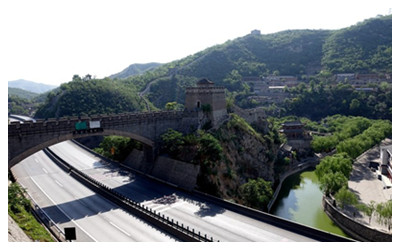 Great Wall In Shanxi
Great Wall In Shanxi
After Emperor Qin unified China, the five shires of Taiyuan, Shangdang, Hedong, Yanmen and Daijun were established in Shanxi.
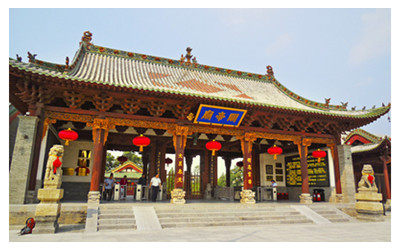
During the Sui Dynasty, Taiyuan was the third largest city along the Yellow River Basin, only second to Chang’an and Luoyang.
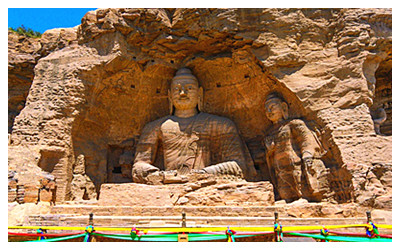
Buddhism civilization in Shanxi
Buddhism was introduced to Shanxi province as early as the Eastern Han Dynasty (AD25-220) and became quite popular in the Southern and Northern Dynasties (AD420-581). The Yungang Grottoes are an especially good example of Buddhism relics that came to the province.
Buddhism in Shanxi had a prosperous period during the Tang Dynasty (AD618-907), when rulers supported it in the Wutai Mountains.
During the dynasties of Song (960-1279), Liao (916-1125), and Jin(1115-1234), they continued to support its development and the growth of temples such the Huayan and Chongqing temples and Yingxian County Wooden Pagoda. During the Yuan Dynasty (1271-1368), Buddhism was honored and the Wutai Mountains became one of the country’s four most famous Buddhist sites.
During the Ming Dynasty (1368-1644), the rulers renovated the Great Xiantong Temple and stupas on the Wutai Mountains, and added other temples. The Xiaoxitian (minor western paradise), or Thousand Buddha Temple, in Xixian county, Shanxi province, was built in 1634 during the Chongzhen reign period of the Ming and is a masterpiece of painted sculpture.
During the Qing Dynasty (1644-1911), Shanxi became a popular site of Lamaism.
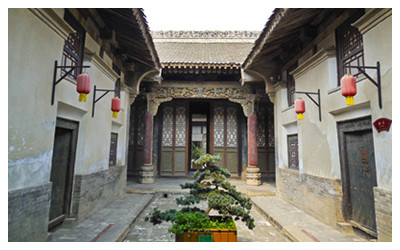 Jin merchants civilization
Jin merchants civilization Ask Questions ?
Ask Questions ?